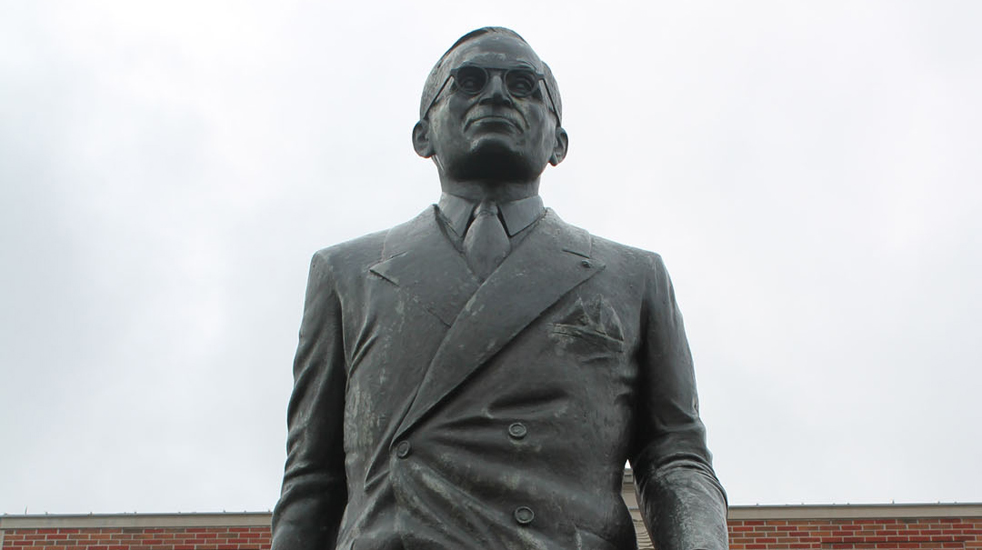A Presidential Park
The Harry S. Truman National Historic Site in Independence, Mo., offers visitors more than a museum-based look at the former president — it offers them a chance to experience his life.
The historic site is run by the National Park Services and contains multiple historic buildings and thousands of artifacts relating to Truman’s life, says Larry Villalva, Harry S. Truman National Historic Site Superintendent.
He says the sites designated as national historic structures include the Truman home on Delaware Street, the Truman family farm, the Noland home, and bungalows where his wife’s two brothers once lived.
The most popular destination for visitors to the park is the Truman home at 219 N. Delaware St., Park Chief of Interpretation Mike Ryan says. More than 30,000 people visit the home each year. However, tours are limited to eight people to provide a close environment and to preserve the home.
“Everything on the tour is original, and the authenticity is key,” Ryan says. “There are no rope barriers or anything like that. It’s just like you’re walking through the home and the Trumans have stepped out for a few minutes.”
Bess Wallace Truman gave the house she shared with her husband to the U.S. government in her will. Ryan said Bess understood the value a complete and undisturbed house would have for future generations, so she left it to the people.
During a tour of the house, visitors walk through the first floor common areas. The upstairs rooms are not included to protect the privacy of the family and the condition of the house. Guests can see firsthand the original apple-green kitchen with décor from the 1950s, more than 1,000 volumes of books owned by the Trumans and Harry’s signature hat and coat left on the rack where he placed them before his death.
Anecdotes about the president’s life and family, paired with the original artifacts from his life, allow a guest to create her own mental picture of Harry S. Truman.
“We’re not here to sell you anything,” Senior Park Ranger Norton Canfield says. “We’re here to tell you what happened and you can draw your own conclusions.”
Visitors to the Truman home expect more than just a museum, Canfield says, explaining Truman touched lives as a president and a man. He says rangers leading the tours try to provide each visitor with the information, setting and atmosphere they hope for during the tour.
Guests can receive information about all the sites within the park, and buy tickets to tour the home, at the Visitor’s Center on the Independence Square, Ryan says. The center also plays a video about the President’s life, showcases artifacts, houses a gift shop and offers information about additional services to enhance visitor experiences.
Truman’s daily walks have inspired some of those services, Ryan says. Three cellphone tours are available that take visitors through areas Truman once walked. The tours guide guests through the neighborhood he lived in with Bess, the grounds of his family farm, his first workplace in the building that now houses Clinton’s Soda Fountain and all around the downtown Independence Square, he says.
“Any tour that a visitor receives, they will be impressed by how [Truman] was a man of the people,” Ryan says. “And I don’t think there’s any better example of that than how he was willing to get out and walk the streets, to meet and greet.”
During summer 2013, the Park Service conducted a new program out of the Visitor Center to honor Truman’s walks while promoting healthy living and educating the community about the Truman sites and his life, Ryan says. The “In Step with Harry” program provided tourists and locals with free ranger-led walks to Truman sites every Saturday morning. The walks centered on Independence Square, but each week the rangers highlighted different sites and information about the president.
The different programs the park offers allow visitors a rare glimpse into the life of a president, Ryan says. The sites show how Truman lived, and the stories told by rangers and in the programs confirm he was truly the people’s president. Ryan says guests should leave the park — and the city — feeling like they might have talked to the president himself.
